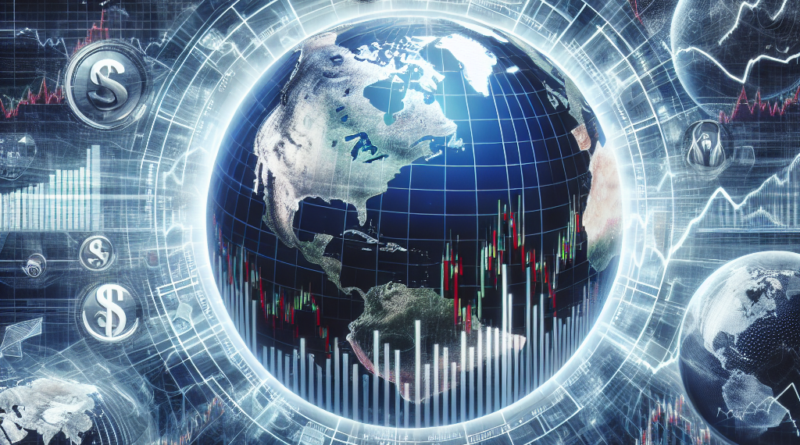What’s About to Happen to the Global Economy? 5 Signs from the Markets
Understanding Global Economy Through Market Signals
Reading the signals of the markets is crucial to understand the current – complex – global economic context.
From stocks to bonds, to Forex movements and commodity prices, the world of finance tells a lot about what to expect regarding central banks, interest rates, growth, wars, and inflation.
Investors are vigilant in monitoring every factor coming from the Fed, ECB, the Middle East war, conflict in Ukraine, USA-China relations, and predictions on the recovery of major powers.
Currently, markets are under pressure due to a mix of crucial events and changes.
To comprehend what is about to happen to the global economy, it’s essential not to overlook these 5 financial signals, as analyzed by Reuters.
1.
US and Economic Resilience
Many analysts claimed that this would be the year in which the US growth would falter, after the same predictions turned out to be wrong in 2023.
The recession, essentially, did not occur (yet).
The US economy remains vibrant, keeping pressure on prices.
The preferred inflation gauge by the Federal Reserve rose to 2.7% in March from 2.5% in February.
However, there are some signs of cracking: first-quarter growth was well below expectations, as well as April employment data.
As traders brace for higher rates for a longer period, bond yields have risen, and prices have fallen, wiping out all gains from last year.
The S&P 500 stock index dropped by about 4% in April before bouncing back in recent days.
Traders have shifted from expecting six or seven Fed rate cuts at the beginning of the year to two currently.
2.
US vs.
Eurozone, Attention to Growth Gap
The UK and the Eurozone have been less impressive in the recovery path but are starting to show more momentum, adding to the sense that any rate cuts will be limited.
The Eurozone economy returned to growth in the first quarter after a mild recession.
UK production increased in January and February.
However, the comparison shows a relatively stronger US economy, which has led investors to pour into the dollar, dragging the euro down by over 2% this year.
A chart by Reuters clarifies the gap between the powers.
3.
Rally or Decline for Commodities?
Oil prices surged sharply in March and April amid growing fears of a broader conflict in the Middle East between Israel and Iran.
Supply disruptions and the global demand recovery have also played a role in pushing commodities, particularly copper.
Yet prices have cooled off again, with the S&P Goldman Sachs commodity index down 4% after hitting a six-month high last month, a positive signal for central bankers trying to tame inflation.
Oil has moved up and down with news on ceasefire negotiations in Gaza.
4.
Global Stocks
The MSCI International World Price Index dropped by about 4% in April after hitting record highs in March before recovering in May to stand about 1% below the peak.
Stocks and the economy have a fluctuating relationship, sometimes good US data boosted risk appetite, other times it dented it.
Yet indices remain near records worldwide.
5.
Strong Dollar
The dollar has risen by almost 4% so far in 2024, with bets on higher interest rates for a longer period threatening lasting greenback strength.
Nearly all other currencies have suffered.
The Indian rupee hit a record low in April, while the Argentine peso, the Brazilian real, and others collapsed.
A strong dollar makes debt denominated in the US currency harder to honor, increasing pressure on emerging market economies.
It can also impact imports, making them more expensive and risking a return of inflation.
Currency concerns might make rate cuts less likely in emerging markets.




